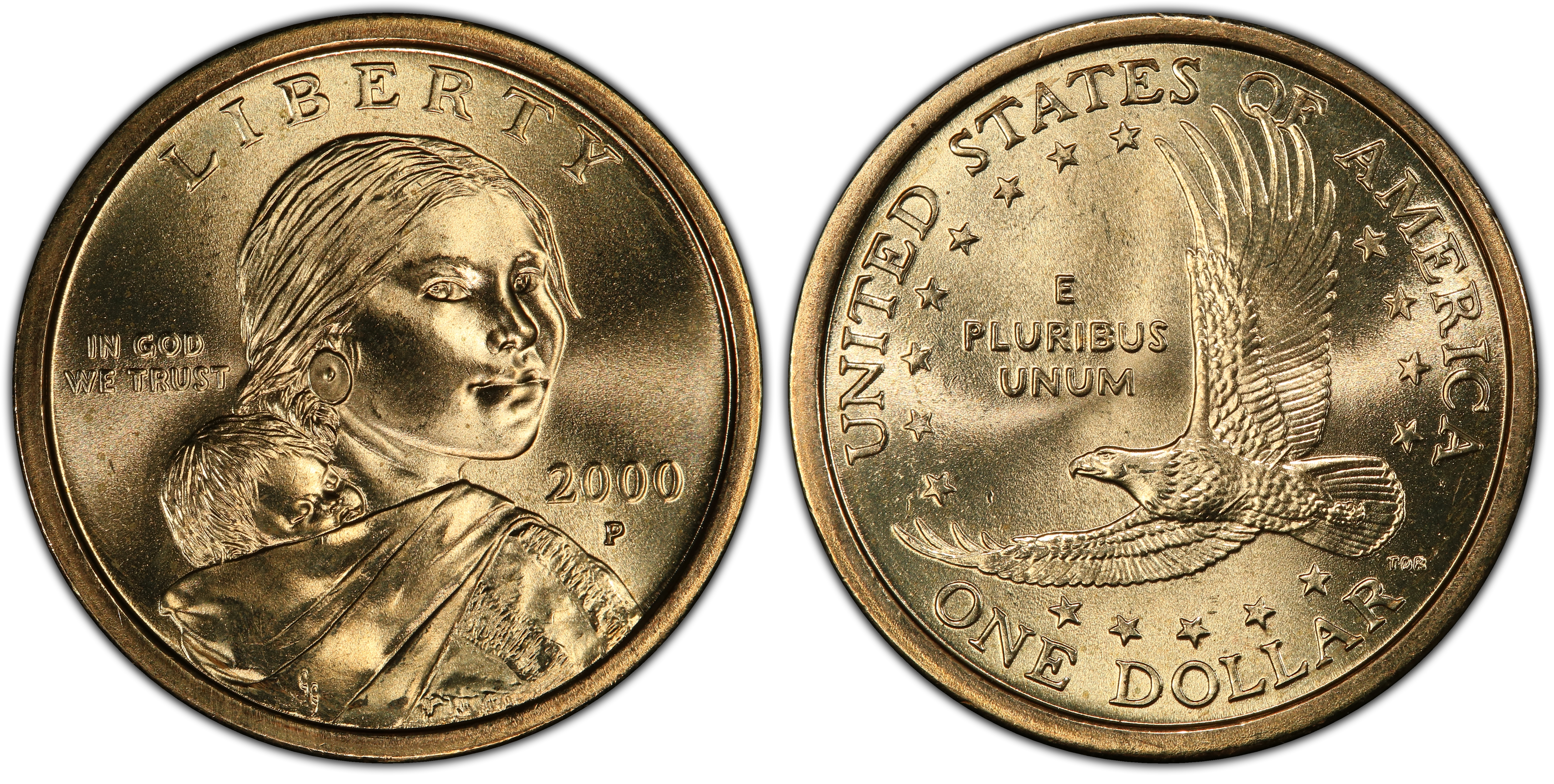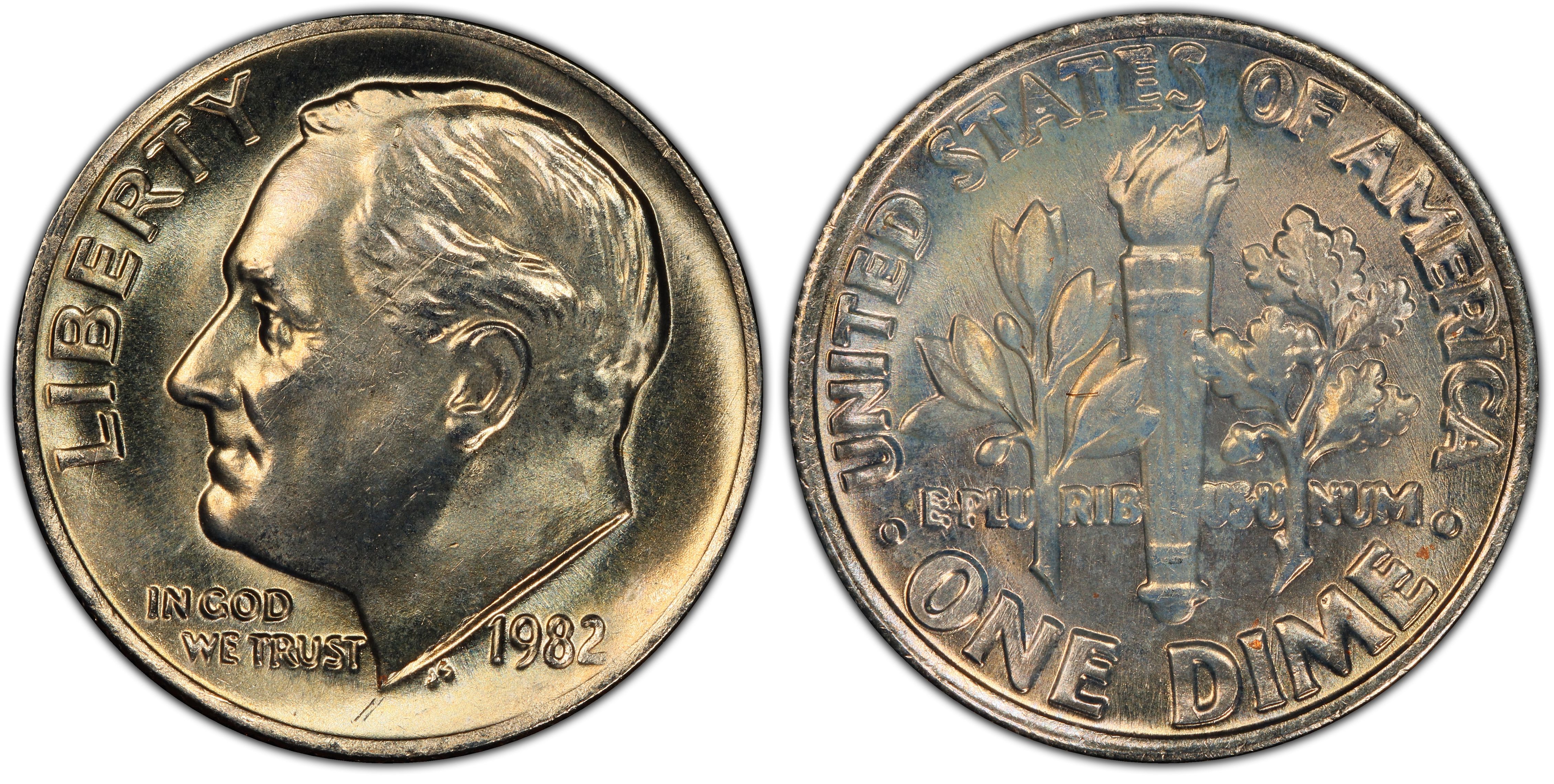Are you ready to dive into the fascinating world of numismatics? While most people are familiar with popular coins like the US dollar or the Euro, there exists a realm of lesser-known coins that hold surprising value. In this article, we’ll unveil eight little-known coins that are worth more than you might imagine.
The Enigmatic World of Numismatics
Numismatics, the study and collection of coins, has captivated enthusiasts for centuries. Beyond their monetary value, coins hold historical significance and cultural insights. While some coins gain fame and recognition, others remain hidden gems, waiting to be discovered.
1. The 1943 Copper Penny
:max_bytes(150000):strip_icc()/US0001-Lincoln-Wheat-1943-S-Bronze-56a178c73df78cf7726afcb0.jpg)
Believe it or not, a simple penny could be worth a fortune. The 1943 copper penny is a rare find, as most pennies minted that year were made of steel due to the shortage of copper during World War II. However, a small number of copper pennies were mistakenly minted, making them highly valuable to collectors.
2. The 1955 Double Die Penny

Another penny worth mentioning is the 1955 double die penny. This coin features a striking error where the design appears doubled, creating a unique visual effect. Despite its humble denomination, this penny can fetch a significant sum at auction.
3. The 2000 Sacagawea Dollar with a Wounded Eagle

In the year 2000, a rare error occurred during the minting of Sacagawea dollars. Some coins were struck with an incomplete design, featuring a wounded eagle on the reverse side. These flawed coins are highly sought after by collectors for their scarcity and historical intrigue.
4. The 1972 Eisenhower Dollar with No Mint Mark
Eisenhower dollars minted in 1972 typically bear a mint mark indicating their origin. However, a small number of these coins were produced without a mint mark, making them a rare find for numismatists. Collectors are willing to pay a premium for these elusive coins.
5. The 1982 No Mint Mark Roosevelt Dime

Similar to the Eisenhower dollar, the Roosevelt dime of 1982 was minted without a mint mark. This error was the result of a transition period between mint facilities, leading to a limited number of coins without the customary marking. As a result, these dimes hold significant value among collectors.
6. The 1992 Close AM Penny

In 1992, the US Mint made a subtle yet significant mistake when minting Lincoln pennies. Some coins featured a close “AM” in the word “AMERICA” on the reverse side, while others had a wider gap between the letters. The close AM variety is much rarer and commands a higher price among collectors.
7. The 1942-1945 War Nickels

During World War II, nickel was in high demand for military purposes, leading the US Mint to alter the composition of nickels minted between 1942 and 1945. These “war nickels” contain 35% silver, making them more valuable than their standard counterparts. Keep an eye out for these wartime relics in your coin collection.
8. The 2004 Wisconsin State Quarter with an Extra Leaf

In 2004, the Wisconsin state quarter underwent an unusual production error, resulting in some coins featuring an extra leaf on the ear of corn depicted on the reverse side. This minor variation has caught the attention of collectors, driving up the value of these quirky quarters.
Conclusion
In conclusion, the world of numismatics is filled with hidden treasures waiting to be discovered. From rare errors to historical anomalies, these little-known coins offer a glimpse into the rich tapestry of human history. Whether you’re a seasoned collector or just starting your numismatic journey, keep an eye out for these valuable coins—they might be hiding in plain sight.
FAQs About Little-Known Coins
1. How can I determine the value of a coin?
Determining the value of a coin depends on various factors such as its rarity, condition, and demand among collectors. Consulting with numismatic experts or using online resources can help assess a coin’s worth.
2. Are all rare coins valuable?
Not necessarily. While rarity is a key factor in determining a coin’s value, other factors such as demand and historical significance also play a crucial role. Some rare coins may not command high prices if there isn’t a significant demand for them.
3. Where can I find these little-known coins?
Little-known coins can be found in various places, including coin shows, auctions, online marketplaces, and even in your pocket change. Keeping an eye out for unusual coins and staying informed about numismatic trends can increase your chances of stumbling upon a valuable find.
4. How should I store and protect my coin collection?
Proper storage and protection are essential for preserving the value and condition of your coin collection. Consider investing in coin holders, albums, or safe deposit boxes to shield your coins from damage and environmental factors.
5. Can I sell my rare coins?
Yes, you can sell your rare coins through reputable coin dealers, auction houses, or online marketplaces. It’s important to research potential buyers and obtain multiple appraisals to ensure you receive a fair price for your valuable coins.




